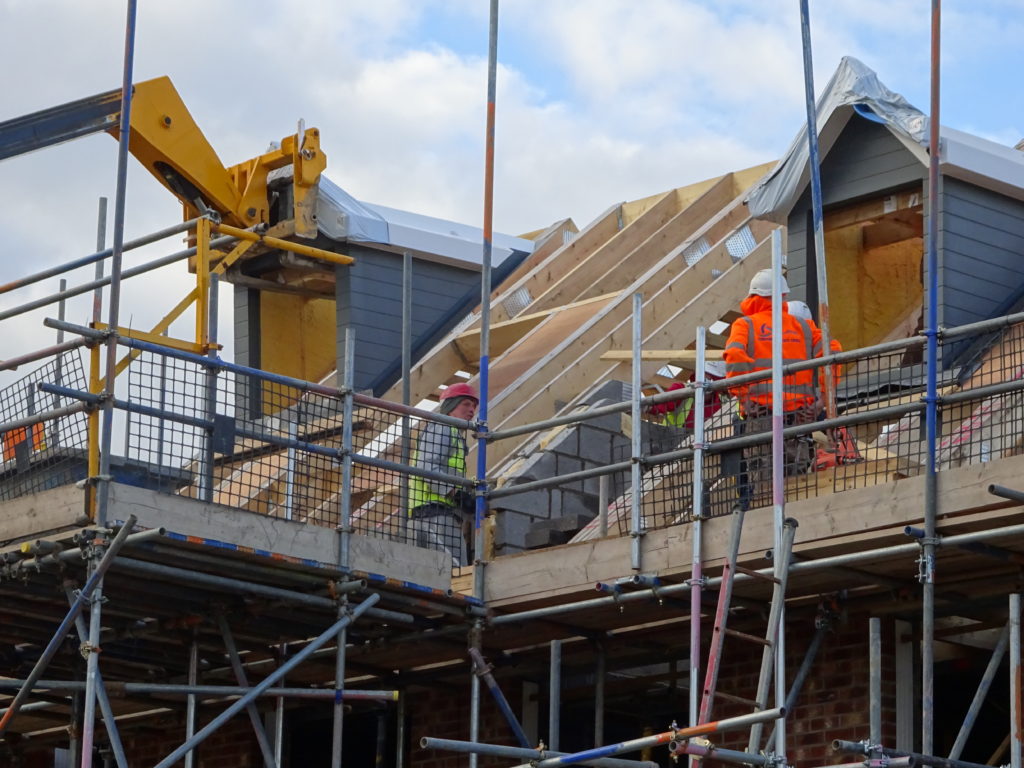A report on the findings of research with place-based groups in England engaged in planning decisions
This report provides a brief summary of the findings of my research into attitudes to development planning among members of place-based amenity groups. Over 560 participants from neighbourhood groups in all parts of England engaged in the research which took place from 2019 to 2020.
Amenity groups monitor and respond to planning applications, encourage public engagement in planning decisions, report breaches of planning conditions, and seek representation in plan-making and public examinations. Some employ planning consultants and brief legal representation and this enables them to take effective part in the public examination of local plans. They also deploy more contentious methods including non-violent direct action through protests, rallies and demonstrations. Many of the local amenity groups have titles that link their place name with words like ‘save’, ‘stop’, ‘hands off’ or ‘keep it green’.
A qualitative survey with 12 open-ended questions was distributed through the CPRE to a mailing list of 250 branch co-ordinators who referred it onwards to amenity groups in their region. The survey received in total 524 narrative responses; 85 per cent of respondents had commented on a planning application in the last five years, while 81 per cent were members or supporters of a local amenity or civic group. In addition, semi-structured group interviews were held with 15 amenity groups across England. These group interviews involved 43 participants. Questions for both the survey and the group interviews were designed to solicit opinion about issues of development, planning policy, and how the planning system could be improved.
Participants demonstrated broad agreement on the aims and objectives of development planning and how current policy and procedure should be changed.
They argued for a return to the concept of social need as a system for equitable housing distribution, advocating that land should be prioritised for social and affordable housebuilding.
Local housing targets are currently geared to achieving the Government’s target of building 300,000 new homes per year. This number is not based on sound evidence and the approach is in any case overly simplistic. A number provides no indication of the type of housing needed and it can be achieved by providing more luxury housing when the actual need is for more social housing and low priced housing (Survey, North West England).
Housing need in this country seems to be conflated with demand and if all the suitable sites are used to meet demand, you’re not meeting the need. Obviously no one needs to have a second home, they might want to, they might aspire to, they might desire a second home, but it’s the meeting of people’s basic needs in terms of housing (Interview, North West England)
They felt that current planning policy with its presumption in favour of development prioritised the interests of developers and landowners.
“The presumption in favour of sustainable development – it’s a developer free for all” (Interview, South East England)
Speculative developers have taken over the system (Survey respondent, East England)
They want a return to a plan-led system in which the location, type, design and quality of development can be planned democratically, in which settlement locations are planned around employment opportunities and sustainable transport links, with housing need addressed through significant council house building.
Under the current system, however, they argue that there is almost no strategic planning. The location of new development is determined by the site promotion activities of landowners, developers and their agents in the expectation of financial gain from an uplift in land values.
Homes are not really planned at all. The so called planning process invites developers and land owners to suggest sites for building. These sites bear little or no relevance to need for affordable housing, transport or employment (Survey respondent, South East England)
If planners planned then they would set out to determine where houses should be built in order to make the most effective use of land, minimise transport costs, ensure infrastructure is provided. Very little of this actually happens. Infrastructure tends to be an afterthought after planning approval has been given (Survey respondent, South East England)
Amenity groups championed a democratic plan-led system that equitably distributed land value uplift, effectively regulated development rights and prioritised the supply of land for social need. They argued that the public infrastructure required to service new development should be funded more equitably, with landowners and developers paying a fairer share, and it should be provided before the start of development.
Land is the one finite thing we have here; you can’t just leave it to the market. What is the problem with having a top-level national planning system that can genuinely plan? (Interview, South East England)
A cohesive town planning approach which considers housing needs/types, required infrastructure – Schools, Doctors, Leisure Centres, Shops – and high focus on ensuring adequate transport links to minimise the need for personal car use (Survey respondent, South East England)
They argued that the planning system should recognise the interrelation between people and their environment, rather than seeing the environment as secondary. The regulation of development should take account of landscape capacity and ensure that housing and economic growth do not compromise natural resources.
The key concern of amenity groups was that property development rights should be regulated to deliver the land uses that are not traditionally best supplied by the market. They articulated support for a planning system guided by progressive aims and coherent values that redistributed economic development more evenly across the country and that addressed the looming threat of climate crisis. The desire to return to a plan-led system that can identify, map and address social need explains their rejection of planning’s current role as a licensing scheme for private development gain.










